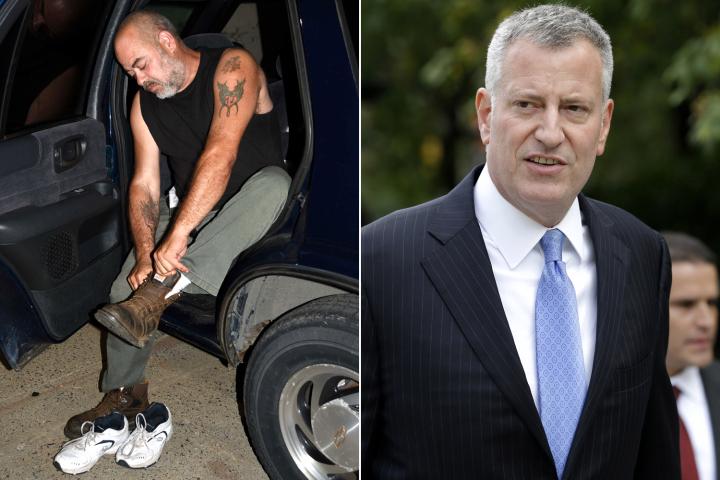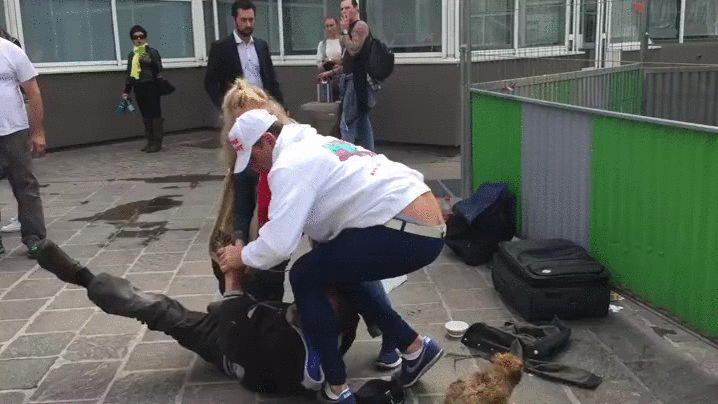………………………………………………………………………………..

By Michael Snyder, on October 20th, 2015
 We just got more evidence that the middle class in America is dying. According to brand new numbers that were just released by the Social Security Administration, 51 percent of all workers in the United States make less than $30,000 a year. Let that number sink in for a moment. You can’t support a middle class family in America today on just $2,500 a month – especially after taxes are taken out. And yet more than half of all workers in this country make less than that each month. In order to have a thriving middle class, you have got to have an economy that produces lots of middle class jobs, and that simply is not happening in America today.
We just got more evidence that the middle class in America is dying. According to brand new numbers that were just released by the Social Security Administration, 51 percent of all workers in the United States make less than $30,000 a year. Let that number sink in for a moment. You can’t support a middle class family in America today on just $2,500 a month – especially after taxes are taken out. And yet more than half of all workers in this country make less than that each month. In order to have a thriving middle class, you have got to have an economy that produces lots of middle class jobs, and that simply is not happening in America today.
You can find the report that the Social Security Administration just released right here. The following are some of the numbers that really stood out for me…
-38 percent of all American workers made less than $20,000 last year.
-51 percent of all American workers made less than $30,000 last year.
-62 percent of all American workers made less than $40,000 last year.
-71 percent of all American workers made less than $50,000 last year.
That first number is truly staggering. The federal poverty level for a family of five is $28,410, and yet almost 40 percent of all American workers do not even bring in $20,000 a year.
If you worked a full-time job at $10 an hour all year long with two weeks off, you would make approximately $20,000. This should tell you something about the quality of the jobs that our economy is producing at this point.
And of course the numbers above are only for those that are actually working. As I discussed just recently, there are 7.9 million working age Americans that are “officially unemployed” right now and another 94.7 million working age Americans that are considered to be “not in the labor force”. When you add those two numbers together, you get a grand total of 102.6 million working age Americans that do not have a job right now.
So many people that I know are barely scraping by right now. Many families have to fight tooth and nail just to make it from month to month, and there are lots of Americans that find themselves sinking deeper and deeper into debt.
If you can believe it, about a quarter of the country actually has a negative net worth right now.
What that means is that if you have no debt and you also have ten dollars in your pocket that gives you a greater net worth than about 25 percent of the entire country. The following comes from a recent piece by Simon Black…

























